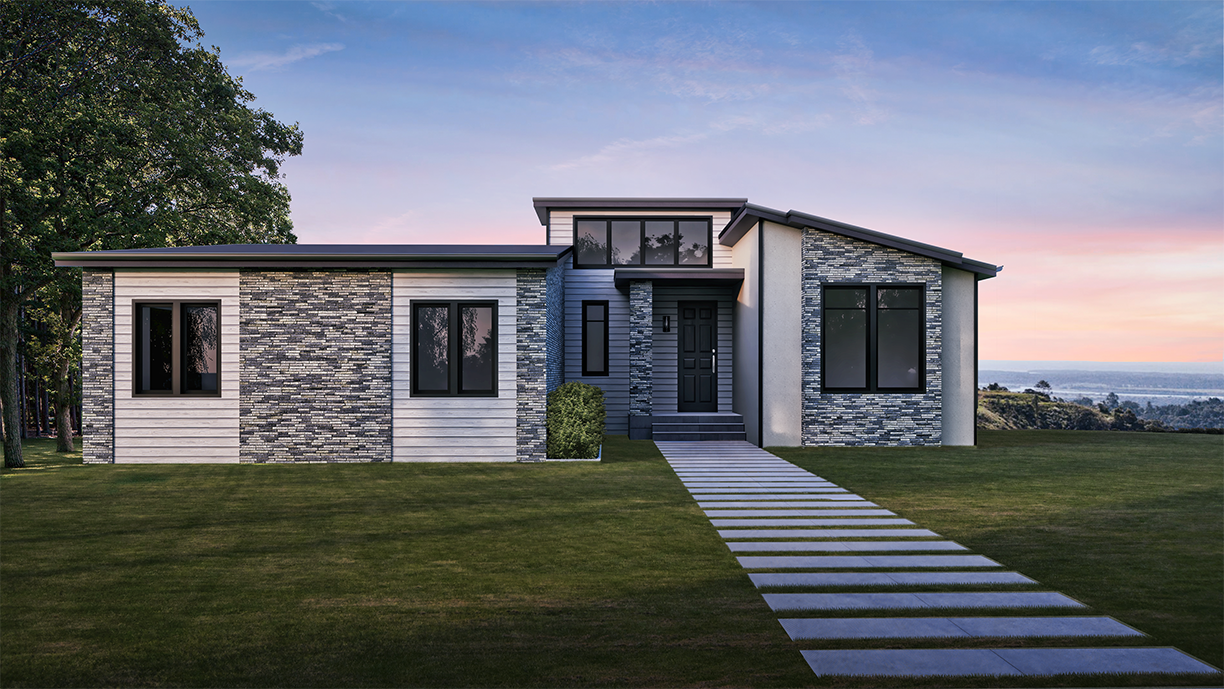
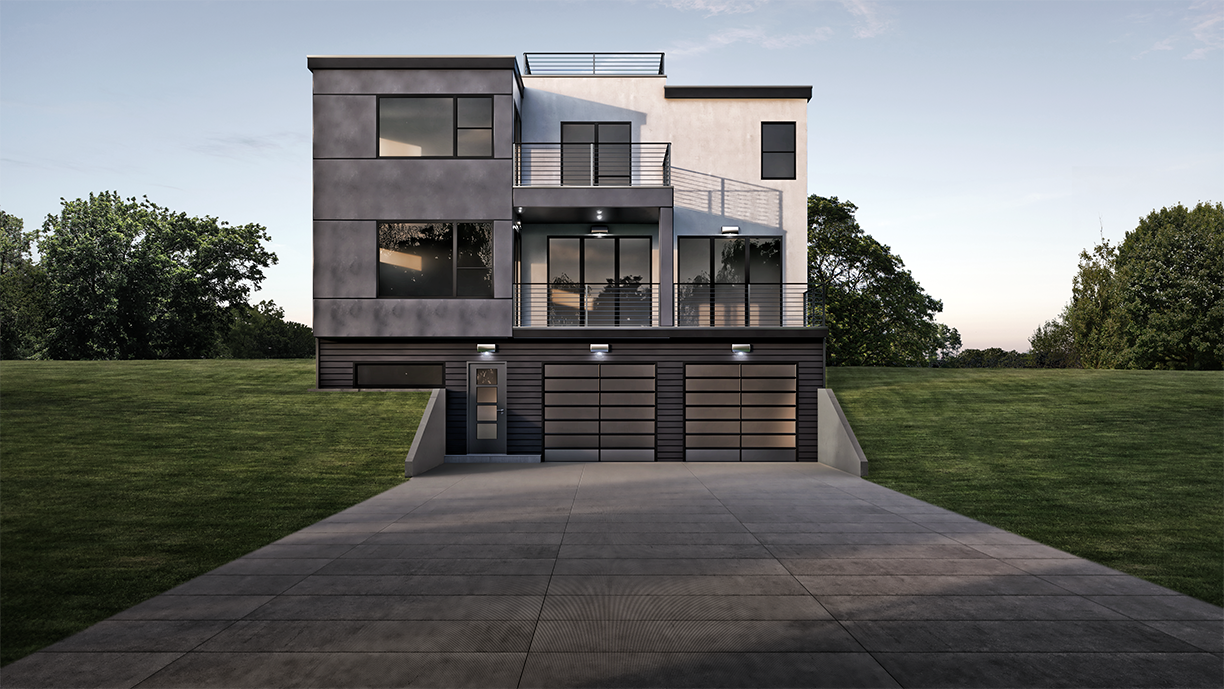
Inside the S2A Modular Megafactory — a one-of-a-kind controlled environment in which both commercial and residential buildings are constructed in modules — the nation’s first electrically self-sustaining, custom luxury homes are being developed.
Known as the #GreenLuxHome, these world-class residences are giving new meaning to sustainable living.
Green Lux Home buyers can choose between 35 pre-designed floor plans, or design their own living space. The homes are constructed in less than six weeks after the designs are chosen and the plans are approved. Each home is customized according to the buyer’s specifications, including the home’s pre-installed state-of-the-art appliances and smartphone-controlled settings. Despite their innovative modular construction method, the homes have foundations that are visually identical to their more traditional counterparts.
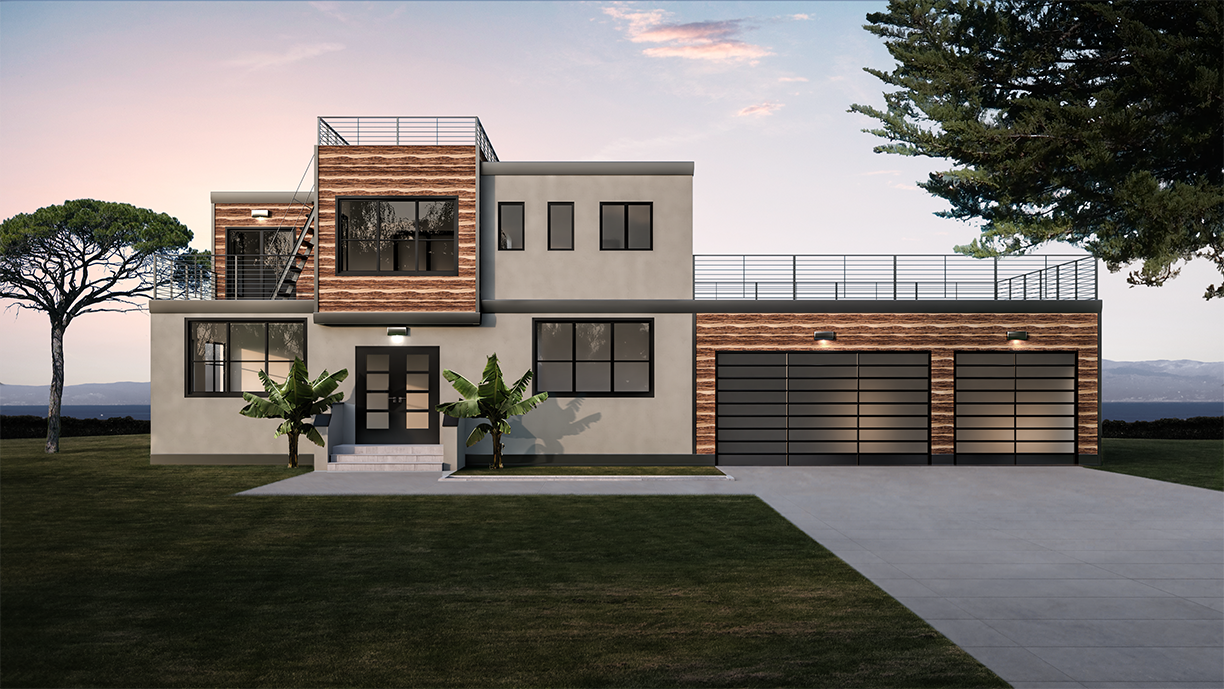
The homes exclusively rely on Tesla Powerwall units and solar panels, which eliminate the cost of gas, propane and/or grid-powered energy. The Tesla Powerwall is low voltage and has 100 percent off-grid capabilities. In some instances, utility companies may even pay Green Lux homeowners for their contributions to the community energy grid, since each home is connected to the grid as a backup power source.
John Rowland, co-founder and president of S2A Modular:
“A Green Lux Home saves money, time and energy, while reflecting the ultimate level of sustainability, luxurious design, high-end materials, smart-connected features and an overall better way of living. ”
The 100,000-plus square foot MegaFactory protects the projects from the elements, as the homes are constructed in dedicated indoor work pods. By moving the majority of construction indoors, S2A sets a new standard for construction speed, shifting emphasis away from mitigating outdoor complications and onto building quality.
Photos courtesy of S2A Modular.
Not all trends have staying power — some of interior design’s most lasting legacies started out as fads, while other trends seem to have vanished as fast as they appeared. Along with selecting sustainable products, it is important to take a closer look at black finishes, marble in home products, bright colors and geometric patterns.
Three Feel-Good Sustainable Products
Not only does green living reduce the carbon footprint today, but it paves the way for a better tomorrow. For starters, Malvina from Newport Brass exceeds WaterSense requirements while meeting water-saving standards set forth by the California Energy Commission and CALGreen. Meanwhile, the Tinka collection from Les Jardins Solar Lighting features interchangeable solar lighting modules. Not only are they transposable across the entire Les Jardins Solar Lighting line, but the module produces 500 lumens of LED light and up to 200 hours of life per charge. And finally, the LED BUSTER Bulb from Buster + Punch is an innovative eco-friendly LED alternative to traditional filament bulbs and the first to implement novel changes in design. In the end, any of these must-have products not only help the environment, but help us feel good, too.
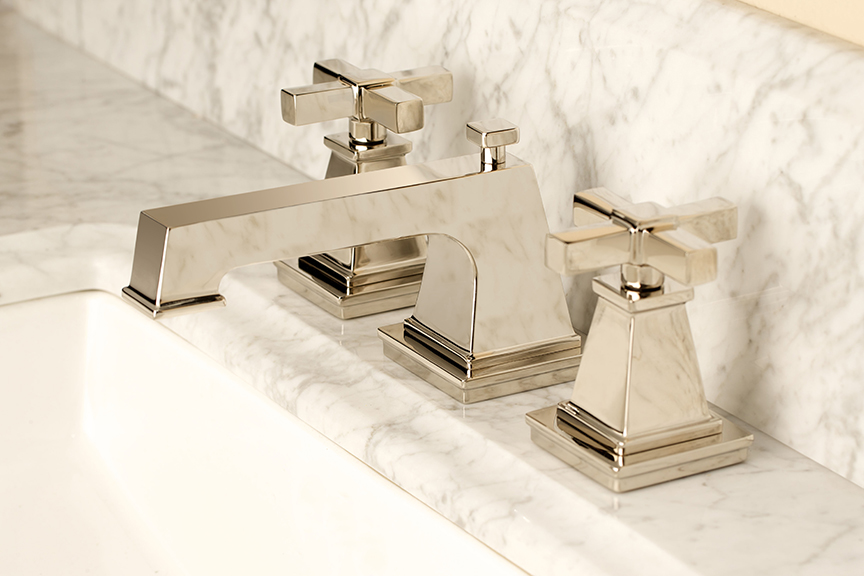
Malvina
Newport Brass
Geometric lines and exact planes come together in Newport Brass’ new Malvina faucet, an engineering marvel inspired by the iconic smooth stucco and concrete of contemporary architecture. Whether it’s the solid-brass rectangular lever or perfectly scaled cross handles, all fixtures are meticulously shaped and expertly finished at Newport Brass’ California facility in order to achieve a striking and precise design. With a deep commitment to sustainable manufacturing processes, Newport Brass takes pride in energy-saving methods that shrink emissions, recycle materials, enhance resources, and lessen waste.
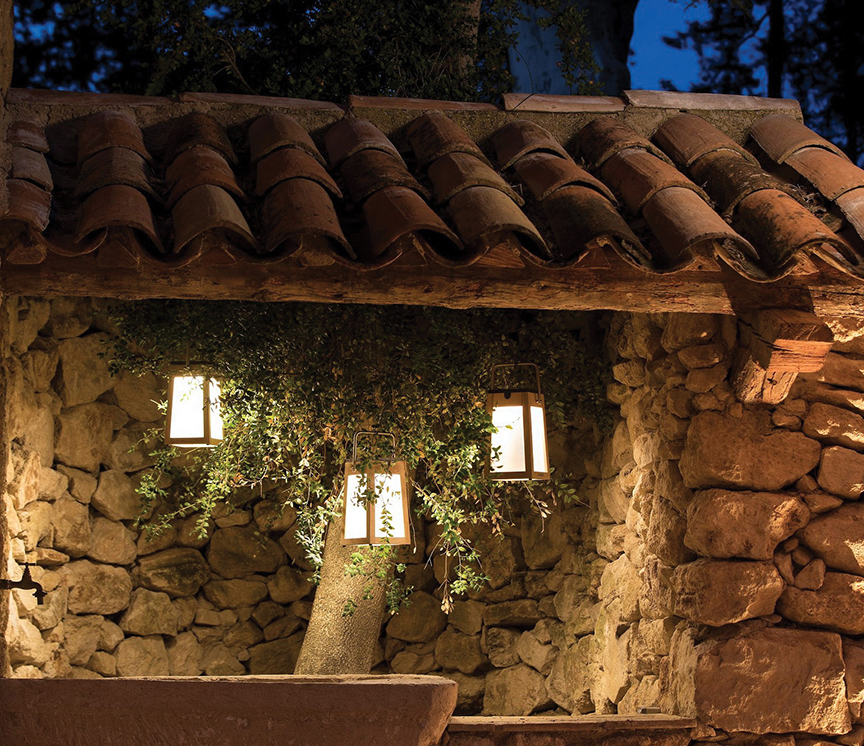
Tinka
Les Jardins Solar Lighting
A true standout in modern design, Tinka brings a whole new meaning to green living. Available in teak or colorful aluminum finishes, the light is a must-have for brightening backyard gatherings, glamping trips and every adventure along the way. The replaceable and interchangeable solar LED module can simply swap out your old solar modules with new ones as our renewable lighting technology evolves. Because our lanterns are designed to be timeless, they can travel with you through life and never end up in a landfill. With dimming capabilities and a motion sensor, a lantern from the Les Jardins Solar Lighting collection is far more than just attractive outdoor lighting: It brings luxury within reach and embraces cutting-edge solar technology at the same time.
LED BUSTER Bulb
Buster + Punch
Magic happens inside the resin light base at the center of the LED BUSTER Bulb. That’s because it performs two incredible functions: a focused spotlight to illuminate surfaces below and a warm ambient glow to light faces and spaces around it. With an E26 base, it can also be used as a direct replacement for standard screw-thread incandescent bulbs. Defining the next evolution in an industry that is undergoing a change in ideals, the LED BUSTER Bulb raises the bar in lighting technologies.
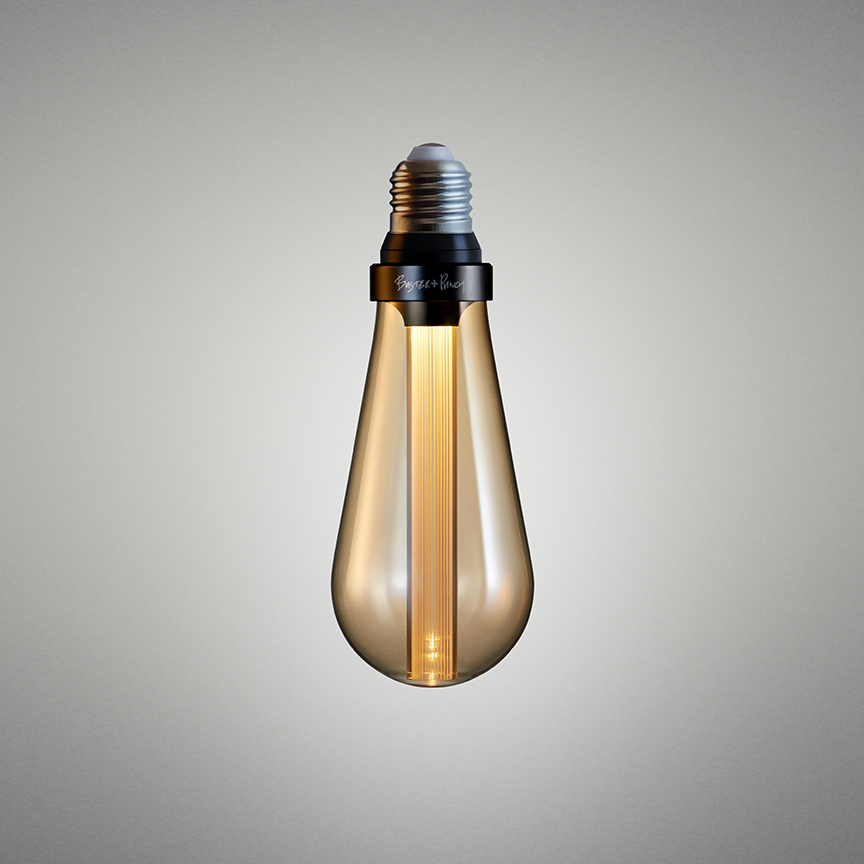
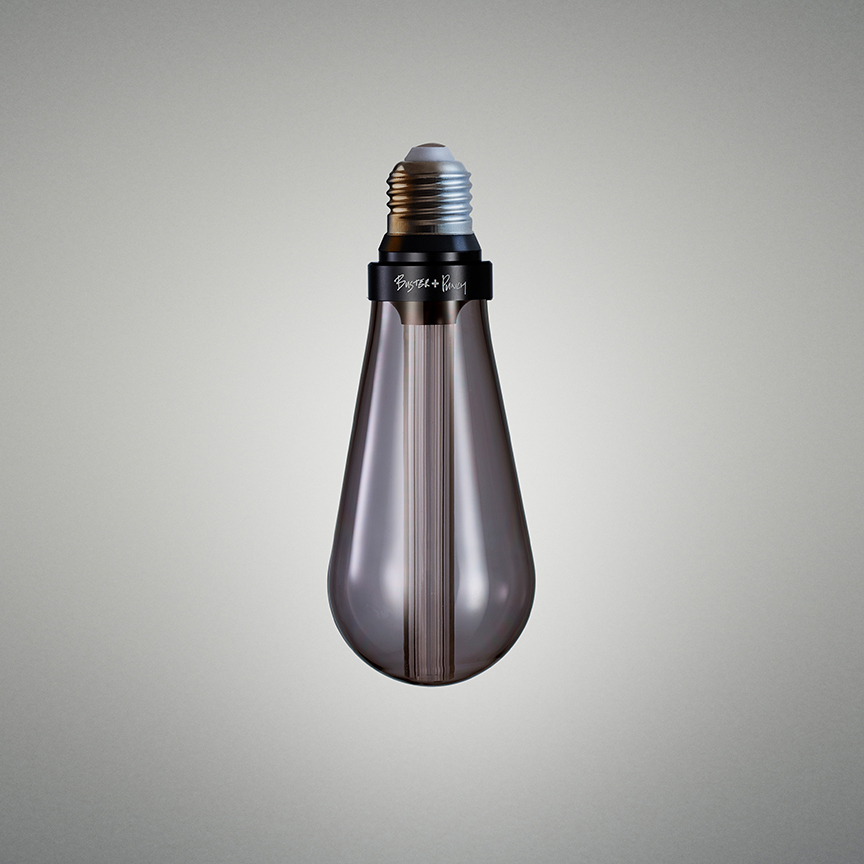
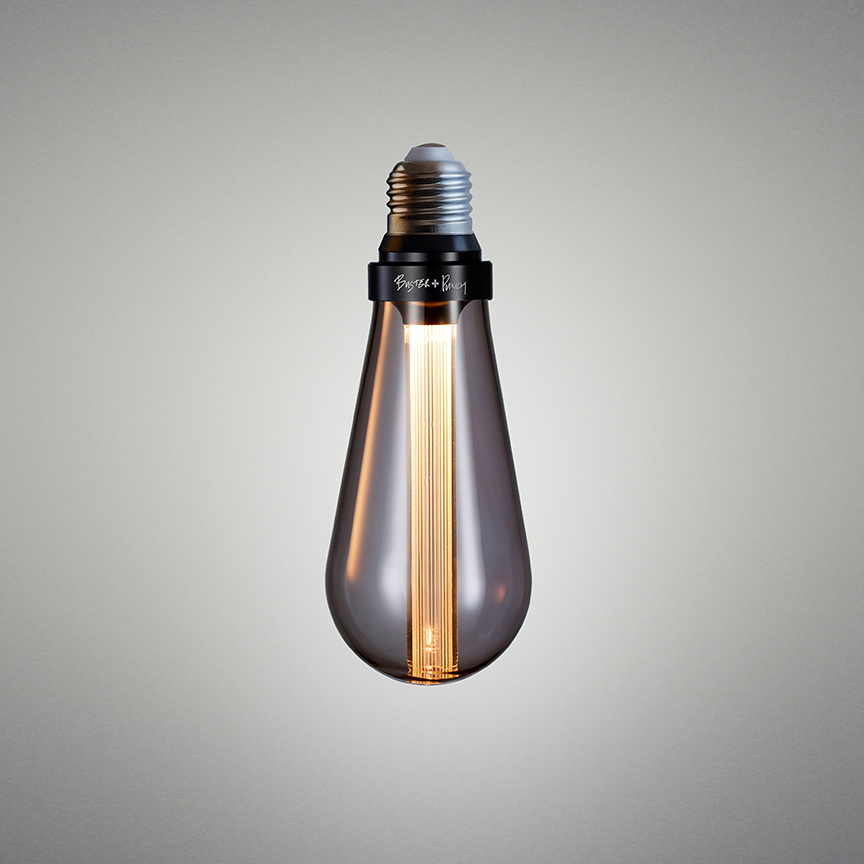
Photos courtesy of DRS and Associates.
Creating the greenest of green homes is an art form.
By Sarah Binder
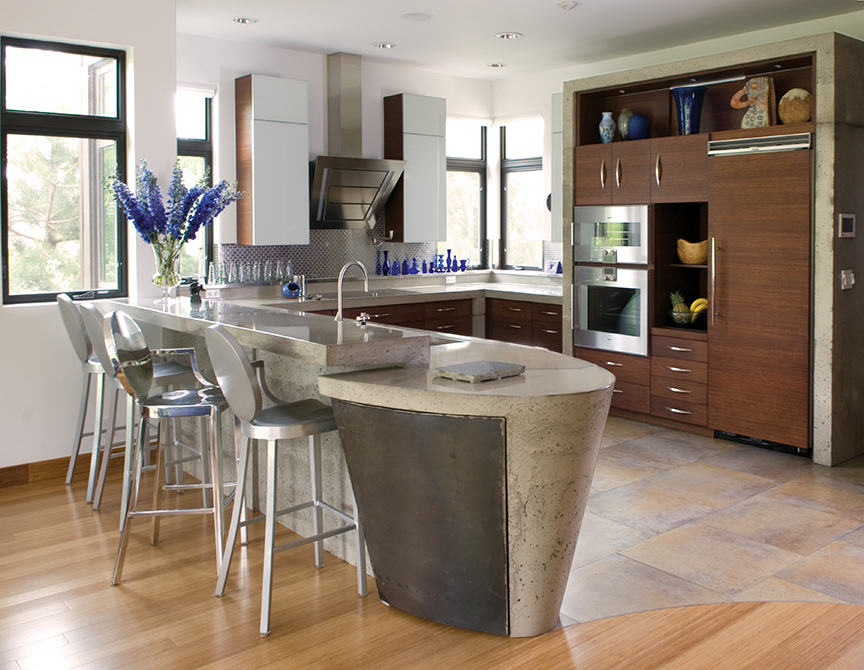
Certified LEED Platinum, the Edge House was awarded “2009 Green Home of the Year” by the Colorado Home Builder’s Association.
Colorado is well-known for being a leader in green residential building in America. In Boulder, the professional building community (engineers, architects, builders, et cetera) passionately adheres to one of the most progressive and strict energy building codes in the country. Here, the bar for sustainability in luxury homes is reached, and raised, regularly — without compromising on beauty and livability.
Architect Scott Rodwin, founding principal of Rodwin Architecture and president of Skycastle Construction, is an ambassador for this art form, educating everyone from his clients seeking the green homes of their dreams, to architects, builders, and Realtors across the country.
While environmental issues such as global climate change can be polarizing, Rodwin has found throughout his 25-plus-year career that nearly all clients care about creating a healthy living environment at home for their families.
“Nobody wants a toxic living environment, and nobody wants to pay more energy bills than they have to,” he says. “We talk to our clients to learn what level of energy performance they desire in their home, and then we thoughtfully and carefully design it.”
Almost any architect or builder can construct a home that uses 50 percent of the allowable amount of energy by code, Rodwin notes. But, creating a luxury home that is highly energy efficient or zero-energy, meaning on an annual basis that it produces as much energy as it consumes, requires a deeply experienced and knowledgeable team. He recommends utilizing a design/build team wherein the project is managed and executed by a single entity.
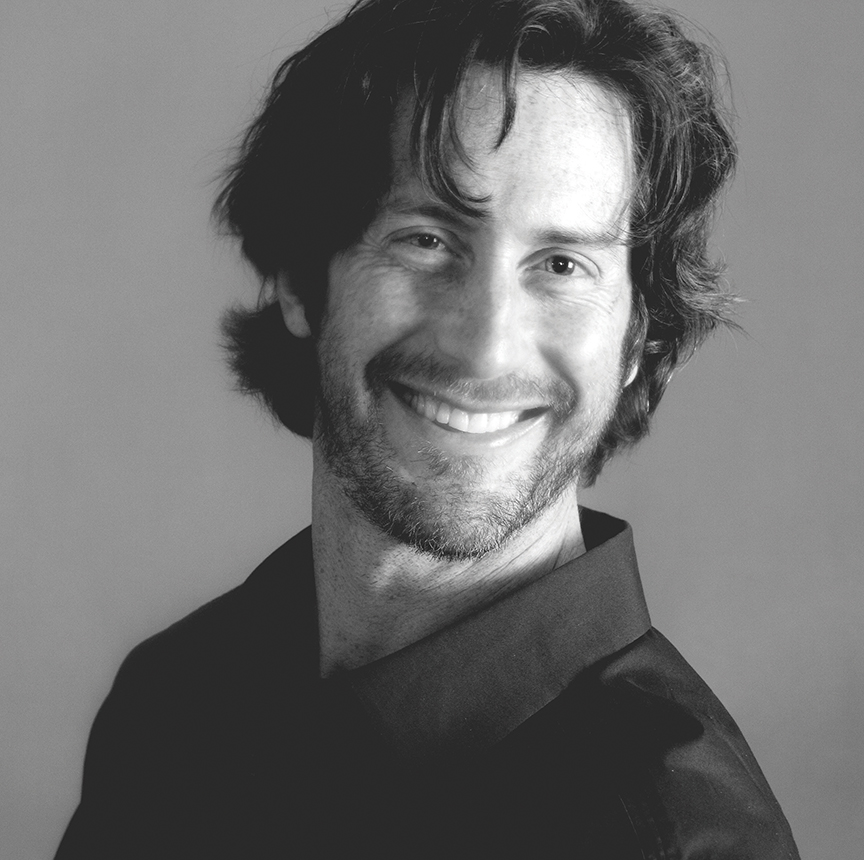
Scott Rodwin, LEED AP, is founding principal of Rodwin Architecture in Boulder, Colorado. In 2006, he was named American Institute of Architects’ “Young Architect of the Year” for the U.S. Western Mountain Region.
The design/build process is fully integrated, has a single point of responsibility for any issues that may arise during a project, and leads to high-quality, detailed work that results in increased client satisfaction. “When you’re looking to create a net-zero building, the performance level that you are aiming for is so high that you have to have complete cohesiveness among everyone involved,” Rodwin says.
His favorite residential design/build project is net-zero energy, and also was his firm’s most challenging undertaking to date, taking four times as many hours of design to complete than an average project. An entrepreneur and CEO moving to Boulder from Germany challenged Rodwin to build the greenest home in America. Built in 2007, the 6,200-square-foot, $3.5 million Edge House is certified LEED Platinum.
“[The client] asked us to pioneer a number of technologies, including the first legally permitted grey water system in Colorado. He designed a brand-new grey water system for this house, which he got patented,” Rodwin explains.
Green building has progressed significantly since 1999, when Rodwin launched his firm. Today, to obtain a building permit in the United States, the plans must be farily energy efficient. The energy section of the International Residential Code has advanced farther and more rapidly than any other section of the code in the past two decades, he notes. Each municipality then adopts and can modify that baseline code.
“In order to get a building permit in Boulder, if you are building a 5,000-square-foot house, the home is required to be net-zero energy,” says Rodwin. “You have to do everything right — renewable energy on the roof, exceptionally high-quality construction, and passive solar.”
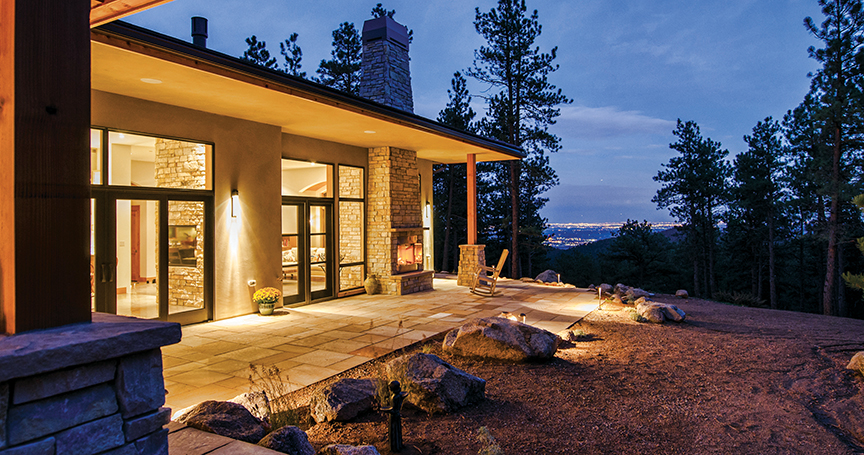
Nestled into a forested hillside glade, the Dineen Residence combines old world materials with clean contemporary lines.
The only sustainable technology that is completely free, passive solar design is the “starting point” to achieving a net-zero house. It involves strategically designing a home’s orientation, windows, walls, and more, so that the home distributes solar energy in the form of heat in the winter and rejects solar heat in the summer.
While his firm’s specialty is creating brand-new, high-end custom homes, Rodwin suggests a few strategies owners of existing homes can implement to improve the thermal comfort and energy efficiency of their properties. Weatherization (caulking and sealing) can cost just a few thousand dollars, yet will pay for itself over a few years. After weatherizing, owners should consider adding new insulation and upgrading their windows, especially single-pane or metal windows, which are significant weak spots.
A number of upgrades, such as adding solar panels, generate value through rebates or the opportunity to sell excess energy back to one’s utility company, in addition to increasing the value of the home.
“Upgrade your mechanical system,” Rodwin recommends. “Old, open combustion mechanical systems are only about 70 percent efficient. They also lead uncombusted gases into the house. Most states and utility companies offer energy-efficiency rebates to their customers, and you can usually get a subsidized system.”
Whether going green from the ground up or through updates, homeowners do not need to compromise on beauty, quality, size, views, or any other aspect in order to achieve a highly sustainable home, Rodwin notes. “Green building pays back over time and creates a more valuable house. You’re getting a better building. You’re getting a Tesla.”
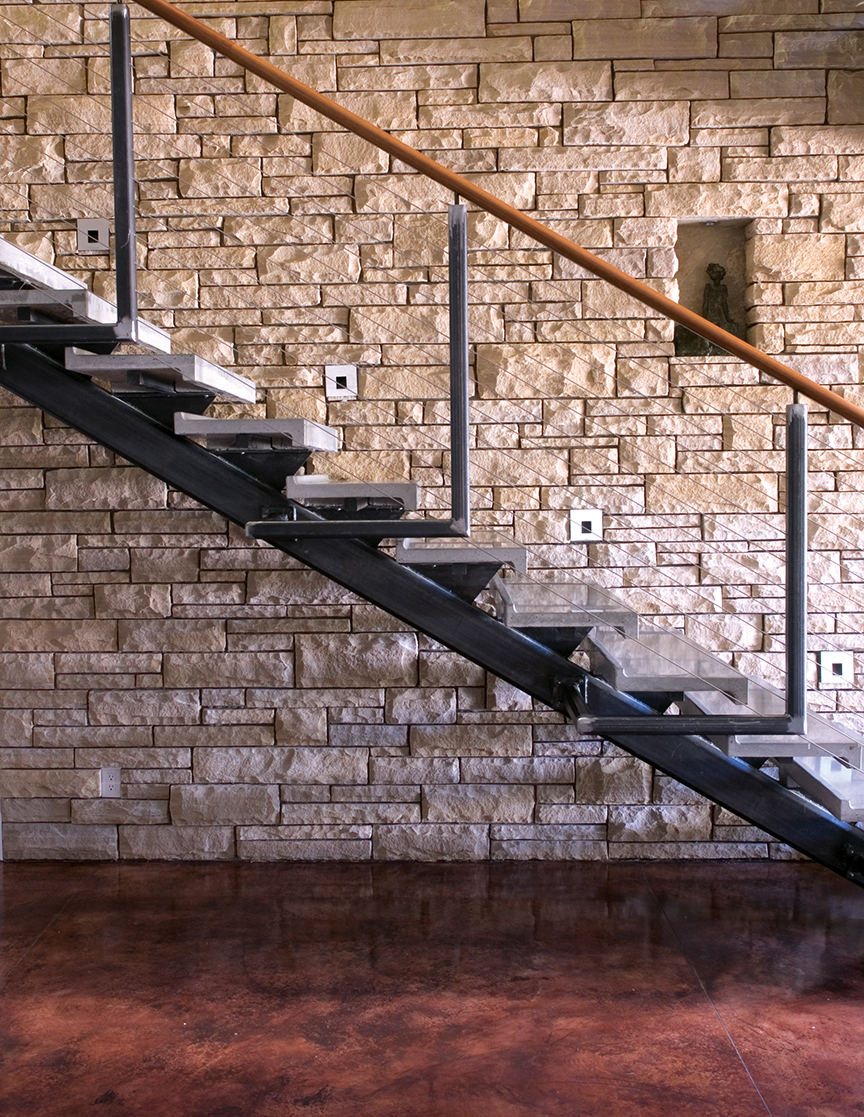
In Boulder, where everyone “speaks fluent green building,” says Rodwin, the mission is to continue pushing the envelope. His team already has a high level of knowledge of what the next level of green building entails, including larger and more solar arrays, triple-paned windows, and full-foam insulation packages.
“Our goal is no longer net-zero energy. Our new goal is regenerative design, wherein you produce more energy over the course of a year than you consume. Regenerative housing is Olympic-level green building — only a handful of these homes exist in the whole country.”
Photos courtesy Rodwin Architecture + Skycastle Construction














